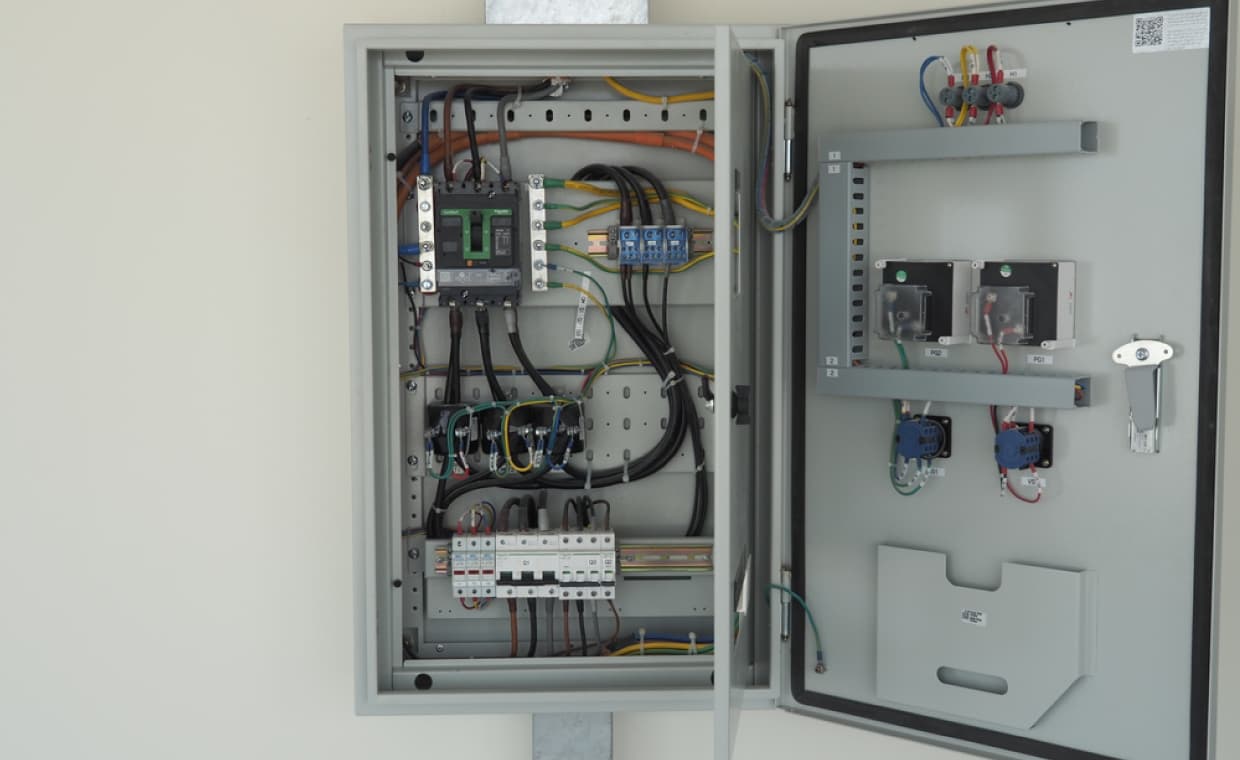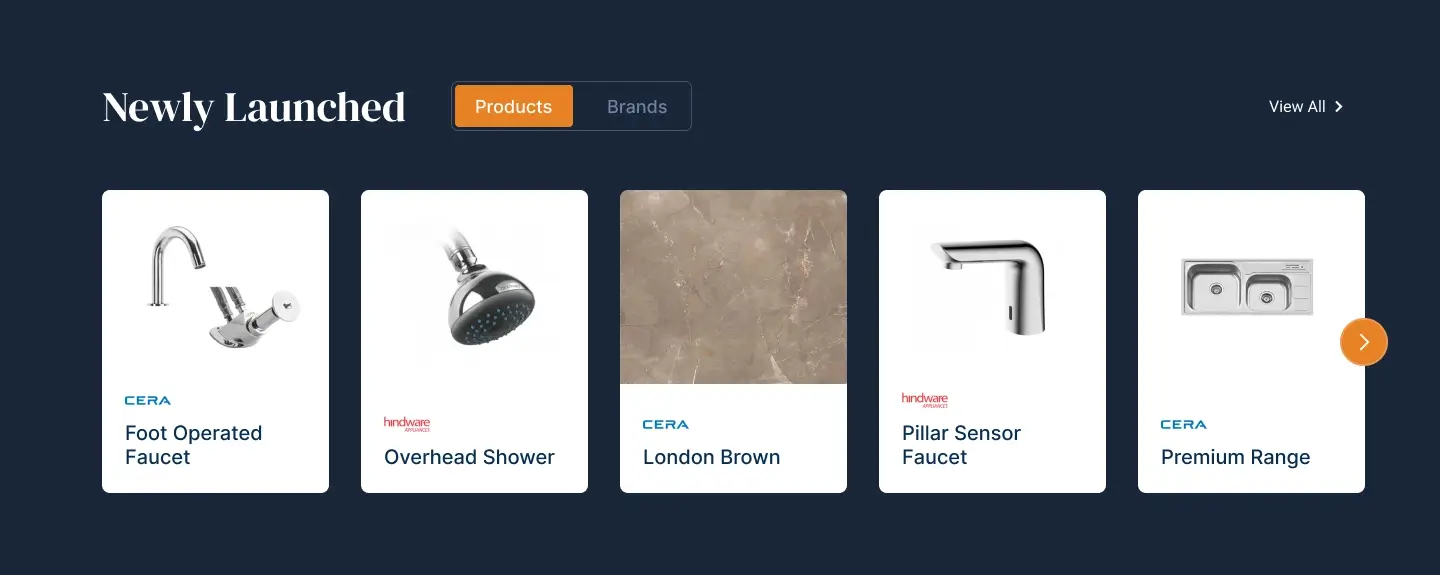
Table of Contents
Quick Overview
Here is the quick summary on moder electrical panel:
- The modern electrical panel is the heart of a home’s electrical system.
- Key components of electrical panels are main breaker, circuit breaker, bus bars, neutral & ground bars.
- Circuit breakers trip to prevent overheating, short-circuits, or ground faults; frequent tripping signals issues.
- Flickering lights, frequent breaker trips, scorch marks, or old 60/100-amp panels are signs that you need to upgrade your electrical panel
- Old panels may fail to trip properly and aren’t up to modern safety standards.
- Modern panels include arc fault and ground fault protection for fire prevention.
- Renovations often require more amperage; panels must be considered early in planning.
- Cost of upgrade depends on panel size, installation complexity, local codes, utility service needs, and labour rates.
- Routine inspection and planning help keep homes safe and ready for future energy needs.
When was the last time you thought about your electrical panel? Unassuming as it is, that gray metal box is the heart of your home’s electrical system, and if it’s outdated or overloaded, it can quietly put your safety at risk.
In this guide, we’ll break down what each part of a modern electrical panel does, when to consider an electrical panel installation in Sanford, FL, and why staying current is essential for any home.
What are the Components of an Electric Panel?
Every component inside an electrical panel has a role in keeping your home safe and your power flowing smoothly. The main breaker, neutral, ground bars, and more all play a part that needs to work together properly.
The key components include:
- Main breaker – Shuts off all power to the home
- Circuit breakers – Protect individual circuits from overloads
- Bus bars – Distribute electricity to each breaker
- Ground and neutral bars – Return current safely to complete the circuit
“Modern panels are built to handle more load with better safety features,” says an electrical panel repair expert. “Knowing what’s inside helps homeowners make smarter decisions.”
How Circuit Breakers Protect Your Home (and Why They Trip)

Circuit breakers are designed to cut power if there’s too much current on a line, preventing wires from overheating or catching fire. If one trips, it means it did its job.
Breakers may trip because there are too many appliances on one circuit. Another reason is damaged wiring that causes the breaker to short-circuit, as well as ground faults due to moisture.
If a breaker trips repeatedly, get an expert who can check your system thoroughly.
The Telltale Signs You Need an Electrical Panel Upgrade

Old panels weren’t built for today’s energy demands. If your home still runs on a 60- or 100-amp panel, you could be living with overloaded circuits or hidden hazards. These issues often show up in the form of flickering lights, scorch marks around the panel, and frequent breaker trips.
If you notice any of these, it’s time to call a licensed electrician for an inspection. You may need to consider buying a new electrical panel.
Old vs. New: Is Your Panel a Hidden Hazard?
Outdated panels are dangerous to keep in your home. Certain brands of panels have been linked to fire risks because their breakers fail to trip properly. Even if yours hasn’t caused problems yet, it may not meet current safety codes.
Modern panels come with built-in arc fault and ground fault protection. These features detect unusual electrical patterns and shut off power before a fire can start.
Why a 200-Amp Panel Is the Smart Upgrade for the Modern Home
As more families add EV chargers, home offices, and energy-hungry appliances, a 200-amp panel is quickly becoming the new standard. It offers room to grow, power to spare, and peace of mind.
Upgrading to 200 amps means:
- Room for future circuits and appliances
- Reliable service for high-demand systems like HVAC and tankless water heaters
- Code compliance for resale or renovation
Powering Up Renovations: Don’t Forget the Panel
Many homeowners dive into kitchen remodels or add-ons without realizing their panel can’t handle the extra load. More lighting, outlets, and appliances require more amperage. Skipping this step can lead to mid-project delays or costly retrofits.
Before any major upgrade, ask if your current panel has open spaces. You should also know whether your panels are maxed out and if you should seek upgrades to avoid trouble.
Electrical planning should always be part of your renovation checklist.
Understanding the Cost: What Affects the Price of a Panel Upgrade?
There’s no one-size-fits-all price for an electrical panel upgrade. Costs vary based on the size of your home, existing electrical service, and local codes. But understanding what drives the price helps avoid surprises.
Cost factors include:
- Amperage of the new panel (100 vs. 200 amp)
- Complexity of the installation (rewiring, permits, etc.)
- Need for service upgrades from the utility company
- Local labor rates and code requirements
Ask for a written estimate, and make sure it includes inspections and permitting.
From your HVAC system to your Wi-Fi router, everything in your home runs through the panel. Before your panel fails, get it inspected. Know what you’re working with, and plan for the future so that you can keep your home powered.
FAQs on Modern Electrical Panel
1. How Often Should You Inspect Electrical Panel?
Every 3 to 5 years your electrical panel should be inspected by a professional; older panels or issues require more frequent checks.
2. Why Do Circuit Breakers Trip?
To prevent fires or overheating from overloads, short circuits, or ground faults.
3. What are Smart Electrical Panels?
Smart electrical panels offer energy monitoring, remote control, and smart home integration.






























